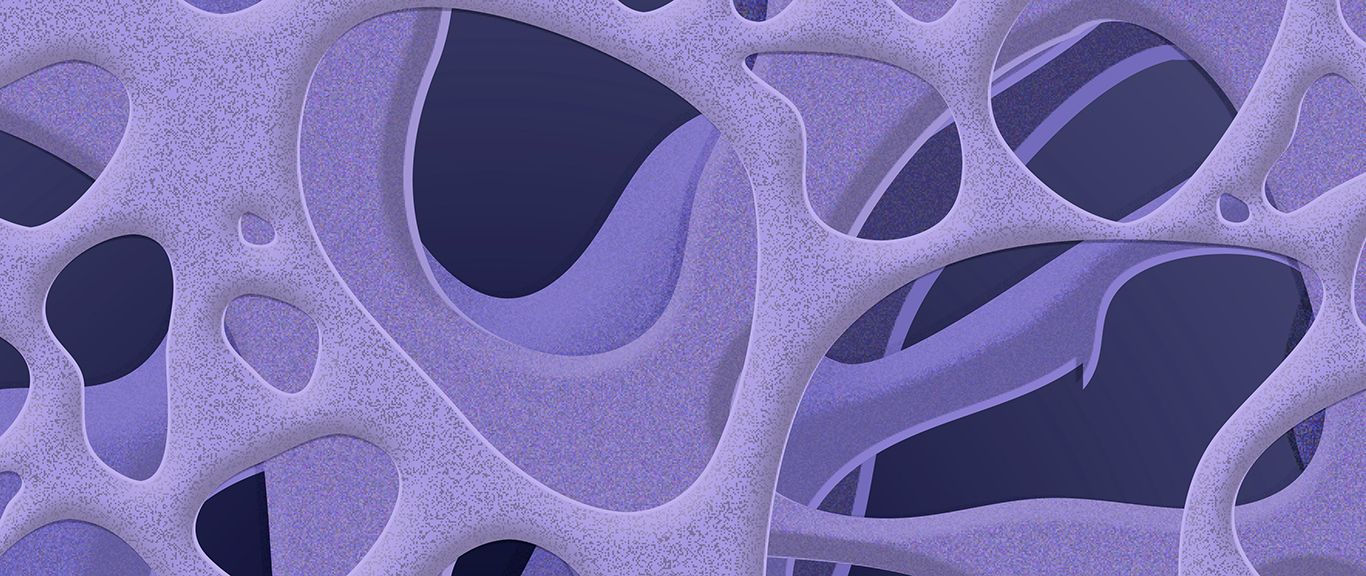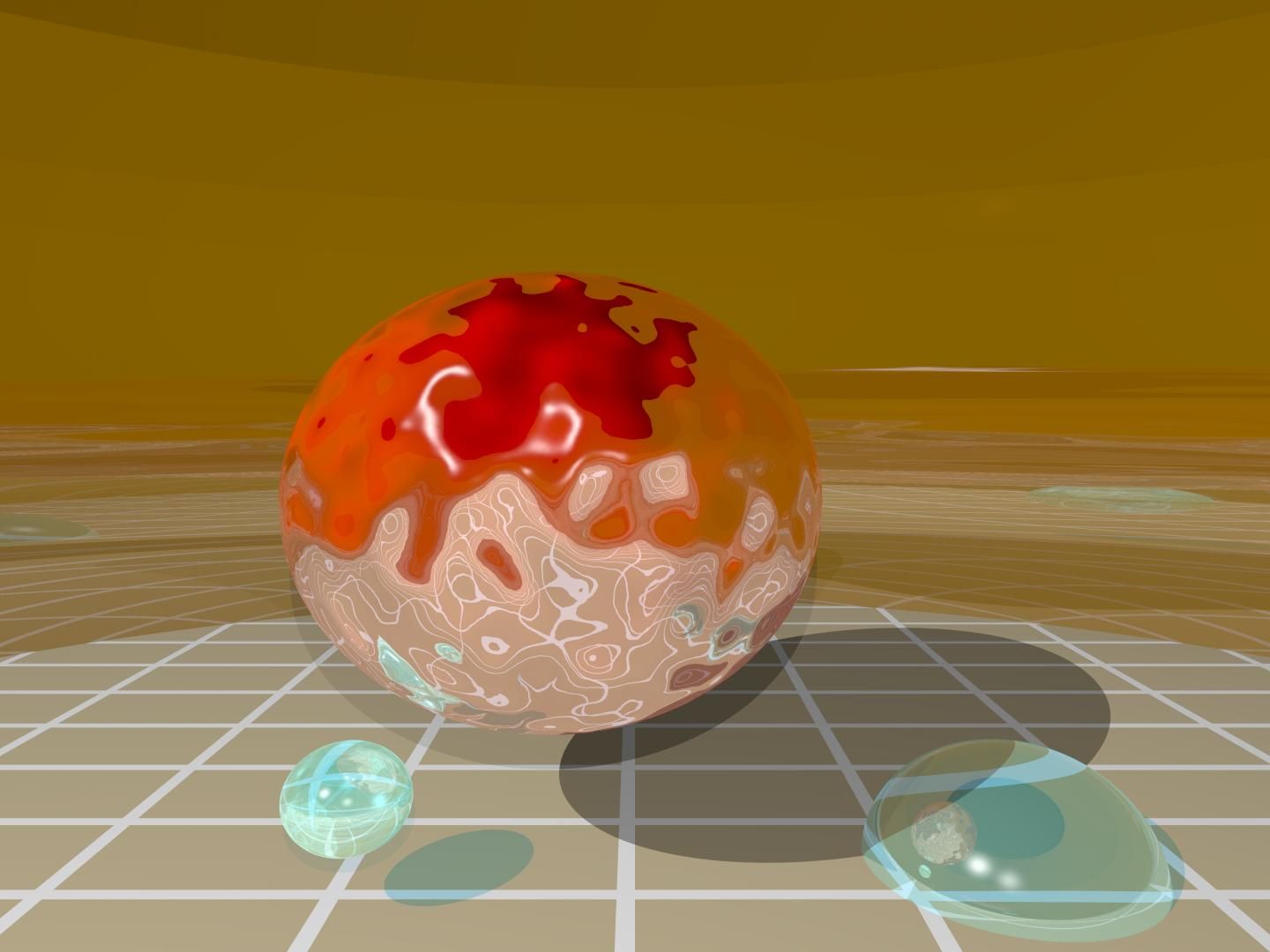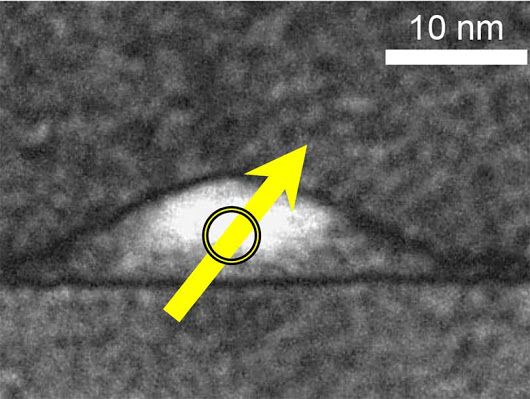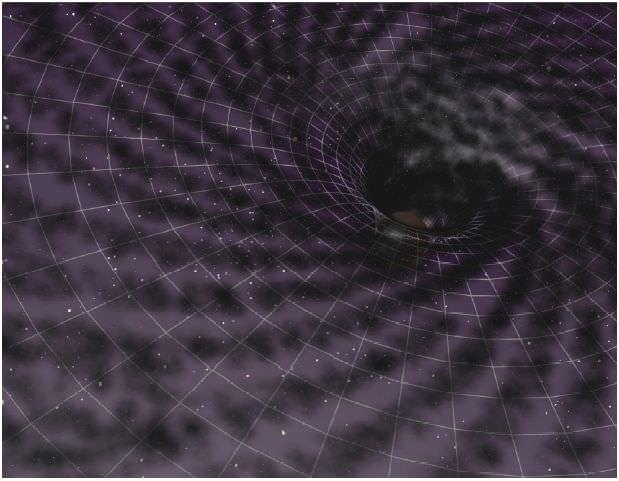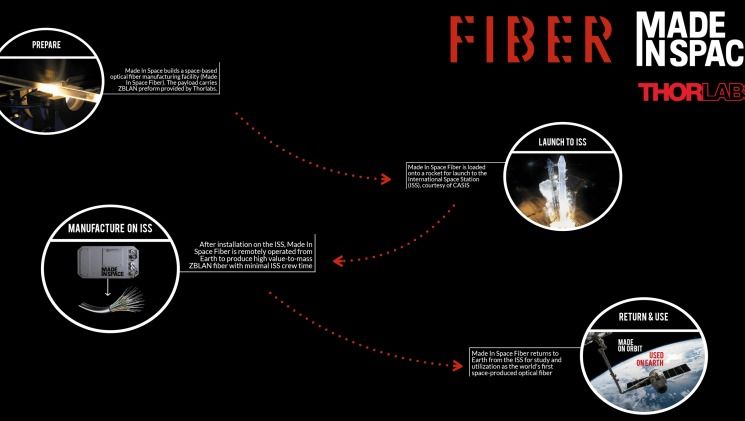Aug 11, 2016
Forget concrete and cement. DARPA thinks skin and bone make better building blocks
Posted by Karen Hurst in categories: futurism, materials
Have you ever seen the movie called “The Haunting” with Liam Neeson and Catherine Zeta-Jones? If you have; you will appreciate this article. A living building.
The US’s Defense Advanced Research Projects Agency (DARPA) is attempting to build living, self-healing, programmable buildings.
DARPA’s Engineered Living Materials (ELM) program imagines that materials like bone, skin, bark and coral could form future building blocks as they provide advantages over non-living materials built with today, in that they can be grown where needed, self-repair when damaged and respond to changes in their surroundings.
